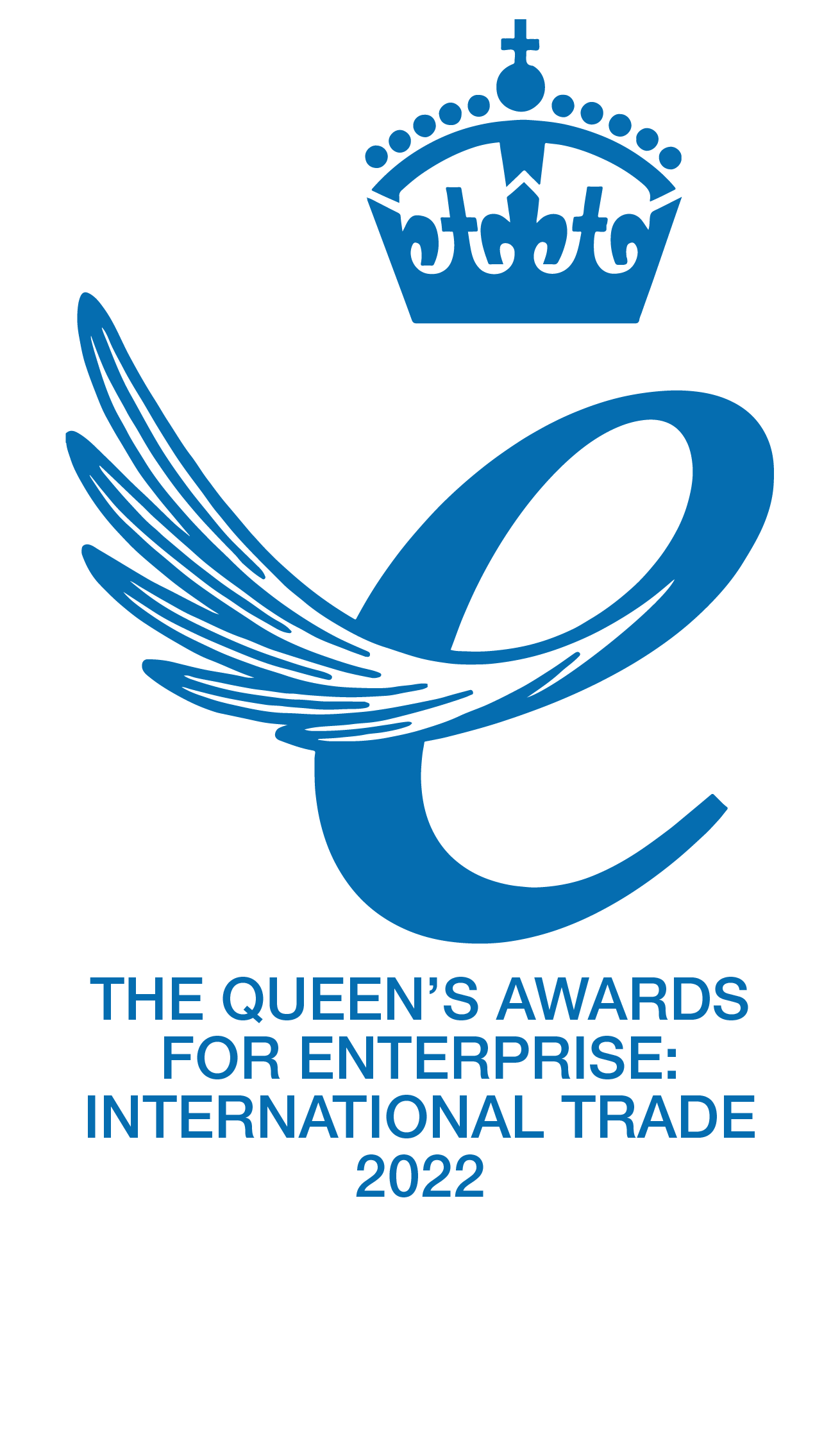What is Leak Testing?
Leak testing is an essential process in ensuring the safety and integrity of a ship’s hatch cover. A hatch cover is a critical component of a ship’s cargo containment system, and any leakage could result in severe consequences, including cargo loss and vessel damage. This article will discuss the different leak-testing methods of a ship’s hatch cover.

What is a Hatch Cover on a Ship?
A ship’s hatch cover is designed to provide a secure barrier between the cargo hold and the environment. It is essential that the hatch cover be watertight to prevent any ingress of water into the cargo hold, which could damage the cargo and endanger the vessel’s stability. Leak testing of the hatch cover is vital to ensure its integrity and safety.
Visual Inspection
Visual inspection is the simplest and most basic method of leak testing a hatch cover. This method visually examines the hatch cover for visible defects, such as cracks, gaps, or deformities. The inspector can use a flashlight to inspect the underside of the hatch cover, and a chalk powder can be applied to the gasket to detect leaks. This method is quick, easy, and cost-effective but does not measure the leak quantitatively.
Water Hose Test
The water hose test is a standard method used for leak testing hatch covers. This method involves spraying water over the hatch cover at high pressure and observing any water ingress into the cargo hold. The test is usually carried out in dry weather conditions, and the hatch cover is pressurised with air before the test to detect any leaks. The water hose test is a simple and effective method, but it can be time-consuming and require water.
Ultrasonic Test
The ultrasonic test is a non-destructive testing method that uses high-frequency sound waves to detect leaks in the hatch cover. This method involves using an ultrasonic transducer to emit sound waves through the hatch cover, and any leakage will change the sound wave pattern. The ultrasonic test is a highly accurate method; it can detect leaks that are not visible to the naked eye. However, this method is more expensive and time-consuming than a visual inspection or water hose testing.
Vacuum Box Test
The vacuum box test is a leak testing method that uses a vacuum box to create negative pressure over the hatch cover. The test involves sealing the vacuum box over the hatch cover, and a vacuum pump is used to evacuate the air inside the box, creating a negative pressure. Any leakage in the hatch cover will result in a loss of vacuum, which can be detected by a gauge attached to the box. The vacuum box test is highly accurate and can detect leaks not visible to the naked eye. However, this method is more expensive and time-consuming than a visual inspection or water hose testing.
Is Hatch Cover Testing on a Ship Essential?
Leak testing of a hatch cover is an essential process that should be carried out regularly to ensure the safety and integrity of a ship’s cargo containment system. The methods discussed in this article, including visual inspection, water hose testing, ultrasonic testing, and vacuum box testing, are all effective methods for leak testing hatch covers.
The choice of method will depend on various factors, including the cost, accuracy, and time required for the test. Regardless of the method used, it is crucial to ensure that the hatch cover is watertight and secure to prevent any potential risks to the cargo and the vessel’s safety.
For More Advice and Guidance, Contact Coltraco Ultrasonics Today
The purpose of leak testing is a vital part of the procedure when it comes to checking and maintaining a ship’s hatch cover.
Accurate and reliable testing can help verify that the hatch cover is sealed correctly, giving much-needed peace of mind to vessel owners and operators. From simple hand checks to more sophisticated methods such as tracer gas testing and water test flooding, all methods have advantages and disadvantages, making it important to select the most appropriate method depending on the requirements. If you need further information or advice on leak testing or ultrasonic-level measurement solutions for ship’s hatches, contact Coltraco Ultrasonics today. With decades of industry experience in designing world-leading products for the marine sector, Coltraco have got you covered.






